What’s Really Holding the USDT Peg Together?
Let’s talk about the USDT peg mechanism—not just from a technical standpoint, but from a legal and regulatory one. Because lately, it’s not just traders and crypto nerds watching Tether’s every move—it’s regulators, enforcement agencies, and maybe even central banks.
Stablecoins like USDT are meant to stay locked at $1. Simple in theory. But when the system starts drawing legal attention, things get more complicated—fast.
Reserve Claims Meet Regulatory Demands
Tether says every USDT is backed by reserve assets—some mix of cash, Treasuries, secured loans, and occasionally digital assets. And while they publish attestations every quarter, that’s not the same as a full audit. Not even close.
This gap—between what’s claimed and what’s verified—is exactly where regulators tend to dig in. The U.S. Commodity Futures Trading Commission (CFTC) fined Tether $41 million in 2021, stating that its claims about backing weren’t always true. That wasn’t a one-off—it signaled that regulators weren’t buying the “just trust us” model anymore.
If lawmakers move toward requiring full audits or reserve transparency, the peg mechanism could face more pressure. Because without the legal green light, confidence could waver—and with stablecoins, confidence is the glue.
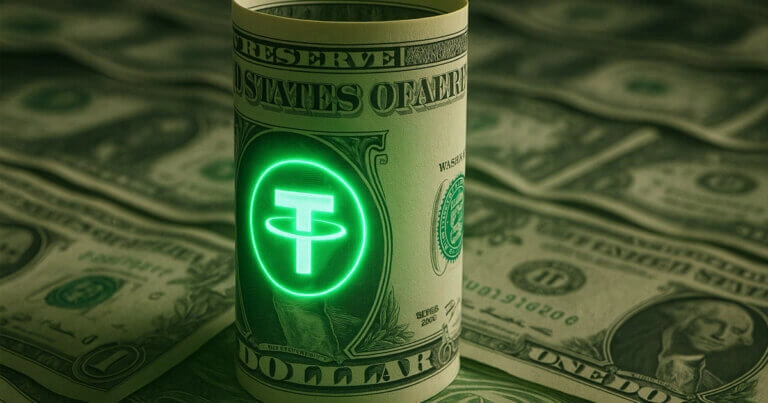
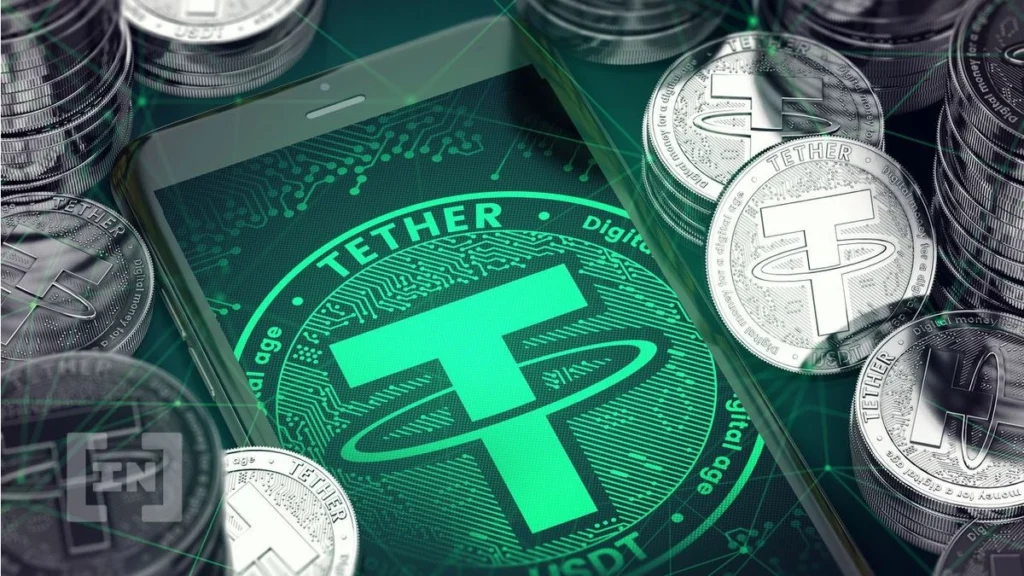
Redemption Access and the Question of Fairness
Another layer of scrutiny falls on redemption rights. Tether allows redemptions for institutional clients, not the average user. So retail users, who make up most of the volume, rely on secondary markets and exchange liquidity to cash out.
That’s perfectly legal—so far. But some regulators are questioning whether that setup could disadvantage small holders, especially in moments of market stress. If enough people can’t exit quickly during a panic, it raises systemic risk. And systemic risk? That’s regulator bait.
Could new rules require more inclusive redemption processes? Possibly. If Tether is ever forced to open wider access to redemptions, it might strain reserves—or at least expose how liquid they truly are.
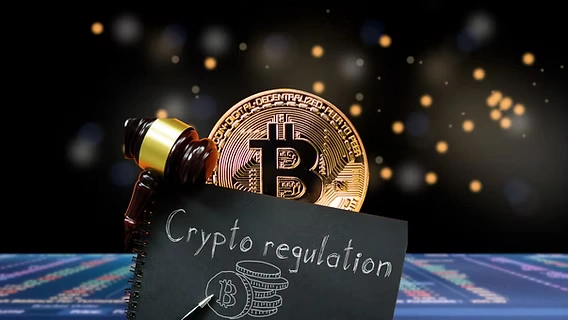
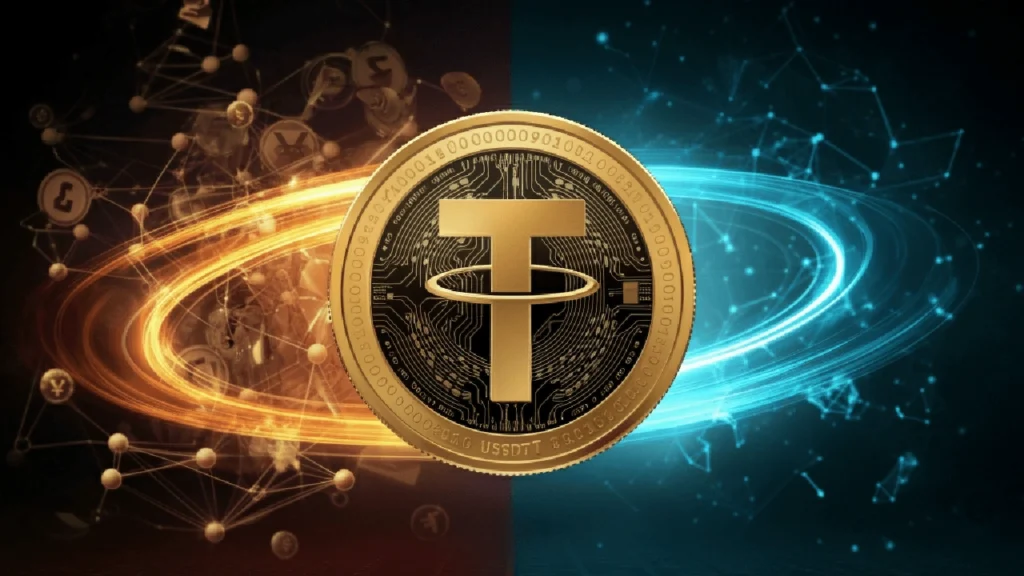
Arbitrage Keeps the Peg… Until It Doesn’t
One thing keeping USDT near its $1 mark is arbitrage. When the price drops below $1, large players buy low and redeem for assets worth more. If it climbs above $1, they mint new tokens and sell them. This cycle helps stabilize the peg.
But this arbitrage game only works if:
- Redemption actually happens quickly
- Reserves exist and are liquid
- There’s no regulatory freeze
If any of those gears jam—say, redemptions are halted due to a legal order—then arbitrage collapses. And without arbitrage, the peg becomes far less reliable.
The takeaway? The peg is only as stable as the legal and operational environment around it.
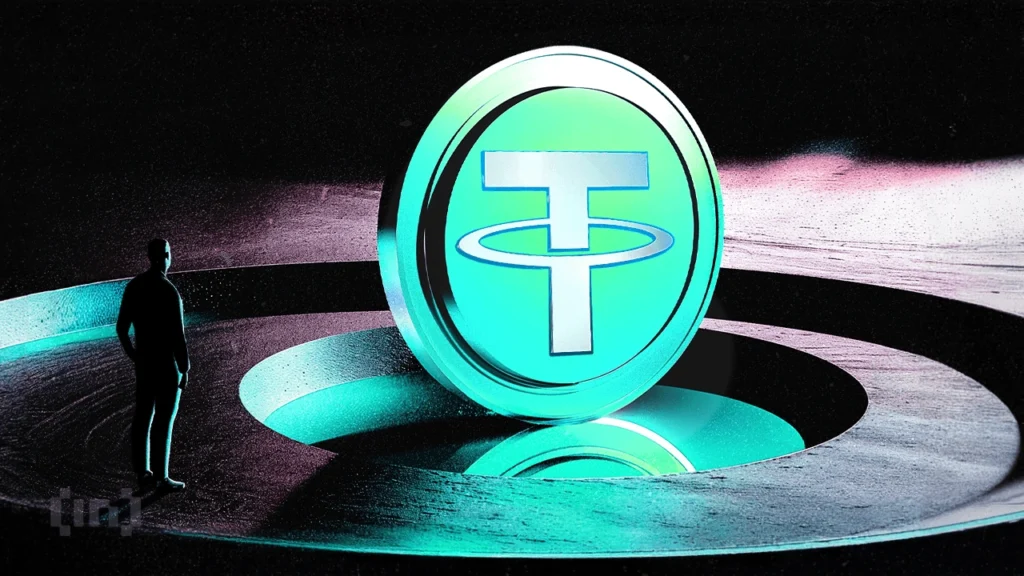
Why Trust Is Now a Legal Asset
People often say the USDT peg mechanism is psychological—built on belief. That’s true. But in today’s climate, trust and legality are becoming inseparable.
If users think regulators are coming down hard on Tether, they might sell USDT preemptively. We’ve seen that pattern during legal probes or insolvency rumors. It doesn’t take a full collapse—just enough doubt to cause instability.
And yet, Tether has weathered storms before. Billions have been redeemed under pressure. Legal setbacks haven’t sunk the ship. That resilience is part of why people keep using it.
Still, regulators are circling, and legal challenges could reshape how Tether operates. At some point, a fine or investigation might turn into something more existential.

Final Thought: The USDT Peg Mechanism Faces Legal Headwinds
The USDT peg mechanism isn’t just about reserves and redemptions anymore. It’s about regulatory expectations, legal accountability, and whether Tether can continue to operate in an increasingly scrutinized financial world.
Maybe it holds. Maybe it gets restructured under pressure. Either way, it’s no longer just a market story—it’s a legal one too.
Relevent news: The Technical Breakdown: How the USDT Peg Mechanism Actually Works




